
Lot 113
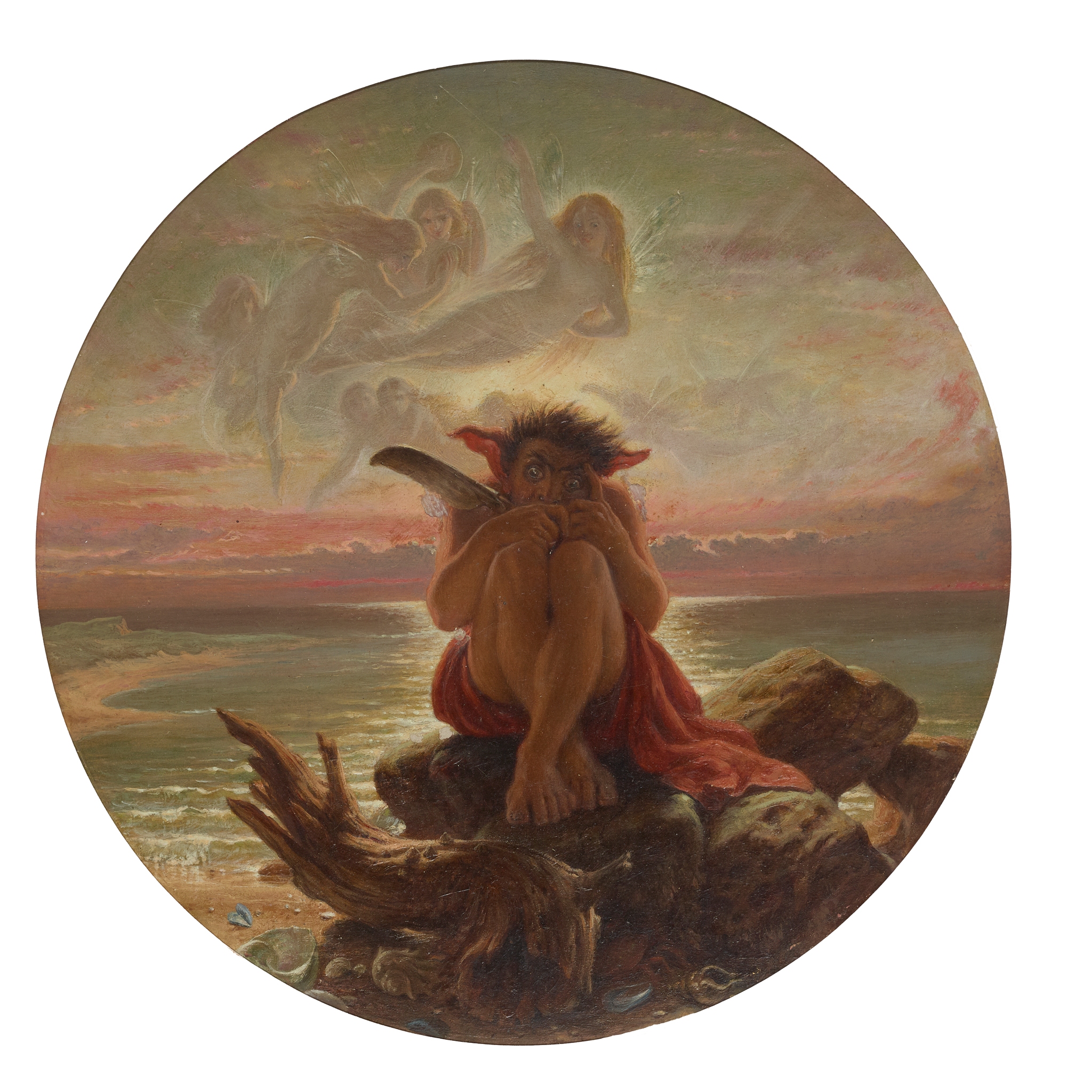
SIR JOSEPH NOEL PATON R.S.A. (SCOTTISH 1821-1901)
CALIBAN
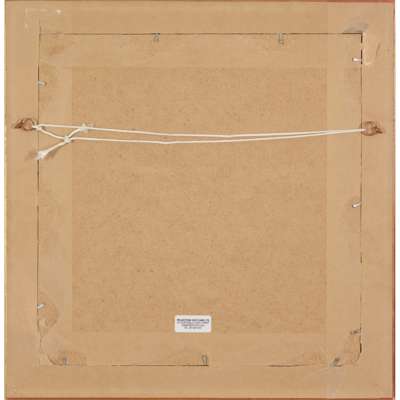
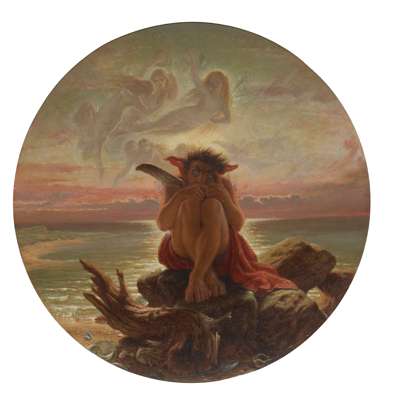
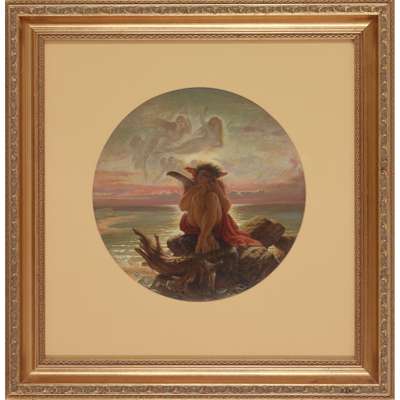


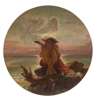
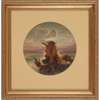

Scottish Paintings & Sculpture
Auction: Evening Sale: Lots 100 to 191 | 06 June 2024 at 6pm
Description
Oil on board, circular
Dimensions
24cm (9in) diameter
Footnote
A series of engravings ‘Compositions from Shakespeare’s Tempest' after paintings by Paton were issued by William P. Nimmo & Co. in May 1845. Caliban, Plate XI, was accompanied by the the relevant quotation:
The isle is full of noises,
Sounds and sweet airs that give delight, and hurt not.
Sometimes a thousand twangling instruments
Will hum about mine ears; and sometimes voices.
That, if I had then waked after a long sleep,
Will make me sleep again; and then, in dreaming,
The clouds methought, would open and shew riches
Ready to drop upon me; that when I waked,
I cried to dream again.
Subjugated native, vengeful conspirator: in this remarkable roundel Sir Joseph Noel Paton encapsulates all the idiosyncrasies of one of Shakespeare’s most ambiguous and complex characters. Caliban, former master of the island on which The Tempest is set, is robbed of his sovereignty and enslaved to Prospero. Over the play’s course he makes violent designs against Miranda and falls under Stephano’s sway, and delivers monologues about the island with great pathos and poeticism.
In this composition we find Caliban crouched on the shore. Mischievous fairies twist in the air, teasing with their pretty music: one strikes a cymbal above Caliban’s head. In torment, with shining eyes and wrought hands, Caliban can no longer distinguish between the fairies’ intoxicating song and the ‘sounds and sweet airs’ of the island. In true Shakespearean fashion, nothing - not even the island - is as it first appears.
Sir Joseph Noel Paton was renowned for his Shakespearean fairy scenes. His meticulous and descriptive style was ideally suited to the narrative subjects in which he specialised, exemplified in Caliban by the miniscule seashells and barnacles arranged around the driftwood-strewn beach, the rosy sunset casting glittering highlights across the waves, and the diaphanous silhouettes of the fairies, almost indistinguishable from the clouds.
Following studies at the Royal Academy Schools in London, Paton was invited by his friend John Everett Millais to join the Pre-Raphaelite Brotherhood. Paton declined, electing instead to return to Scotland to cultivate his expert knowledge of folklore and legend. He did, however, continue to paint in a Pre-Raphaelite style, and his subject-matter was predominantly fantastical, mythological or moralising. Upon viewing Paton’s 1849 masterpiece The Quarrel of Oberon and Titania (National Galleries of Scotland acc.no.NG293), Lewis Carroll noted with excitement in his diary: ‘we counted 165 fairies!’ Amongst his admirers was Queen Victoria, who in 1864 commissioned Queen Victoria in the Death Chamber of the Prince Consort and named him Queen’s Painter and Limner.
When he was still in his twenties, Paton published a series of engravings inspired by The Tempest in 1845, including one composition which appears to be based upon the present lot. The National Galleries of Scotland also holds a preparatory pencil sketch for Caliban, which they were bequeathed in 1946 from the collection of the Scottish Symbolist painter John Duncan (acc.no.D 4252/32 C). A similar composition by Paton dating to 1868 is held in the collection of Glasgow Life (acc.no.1804))







